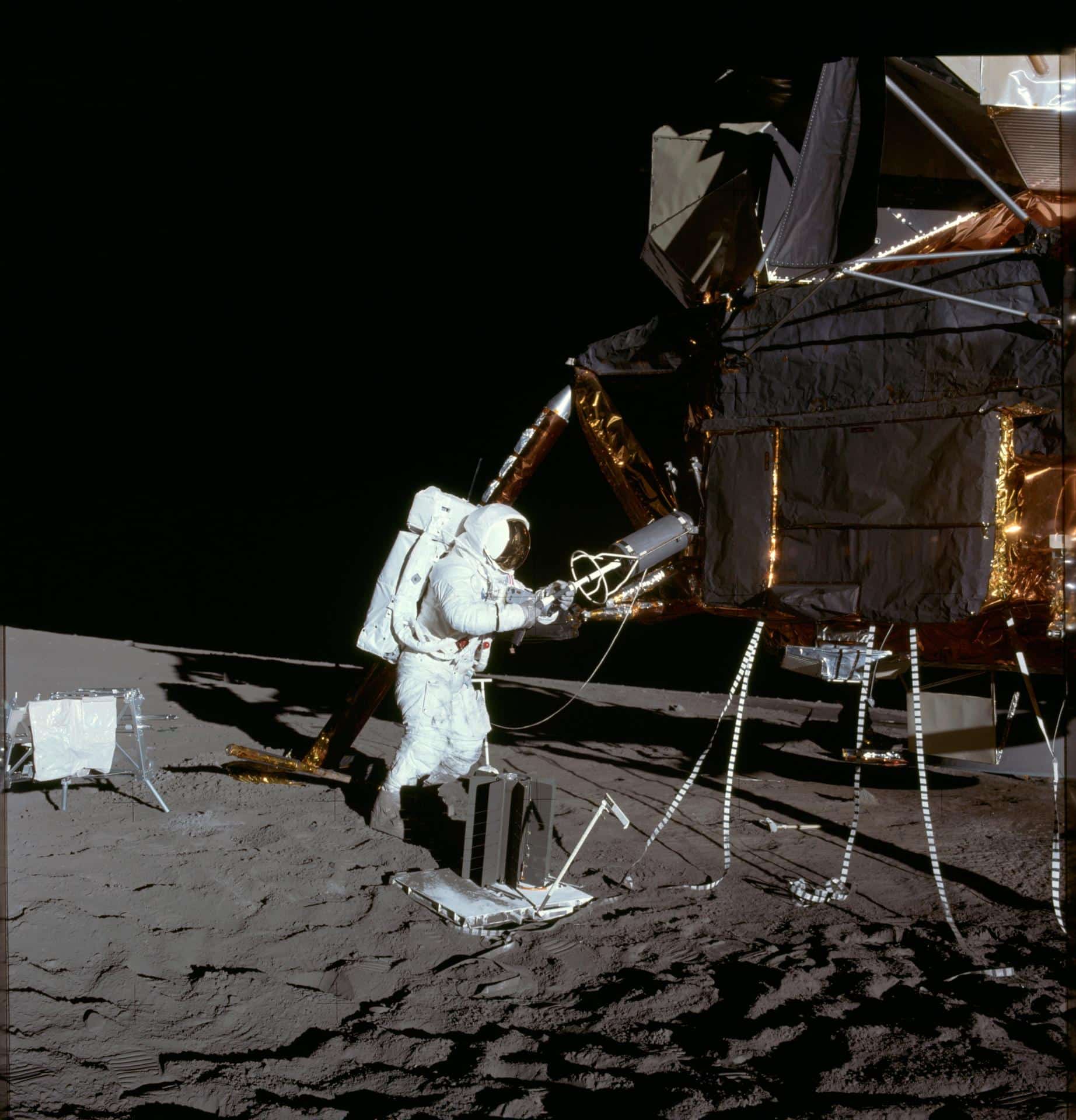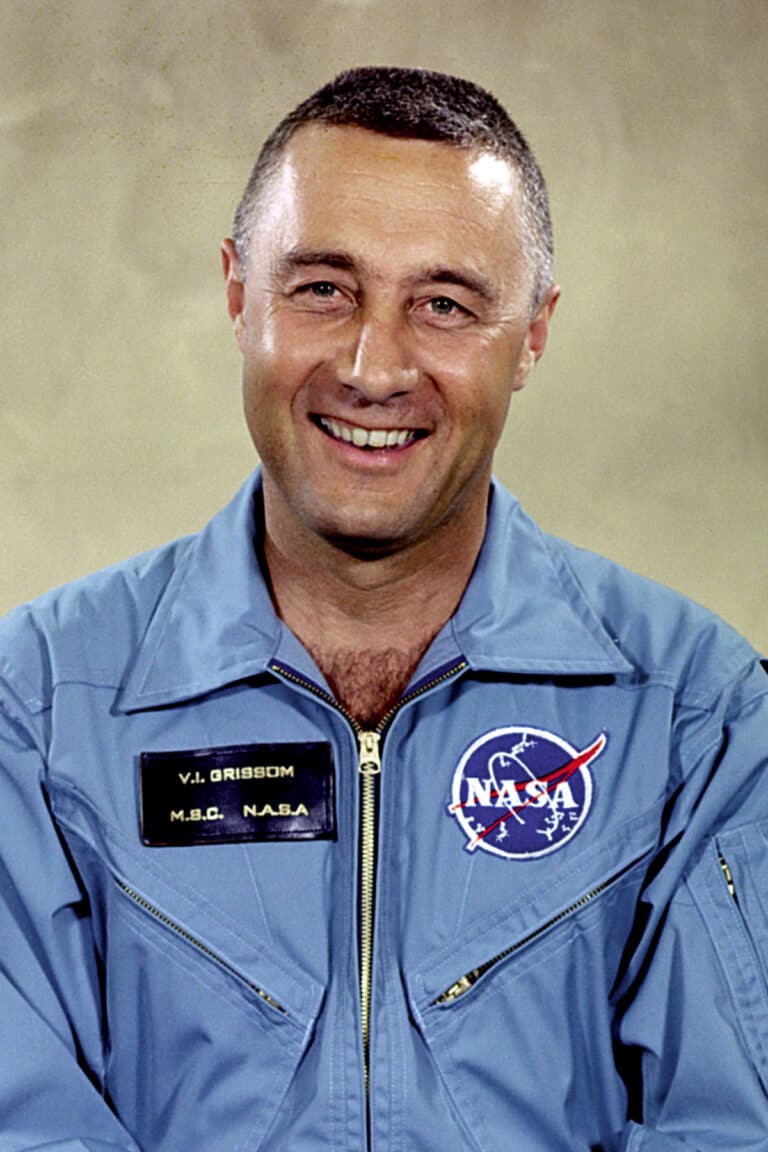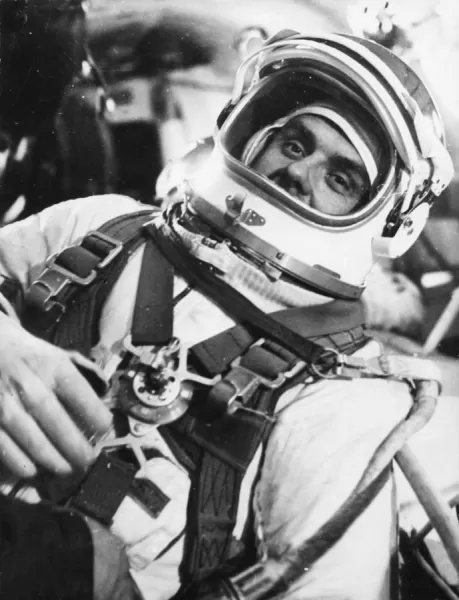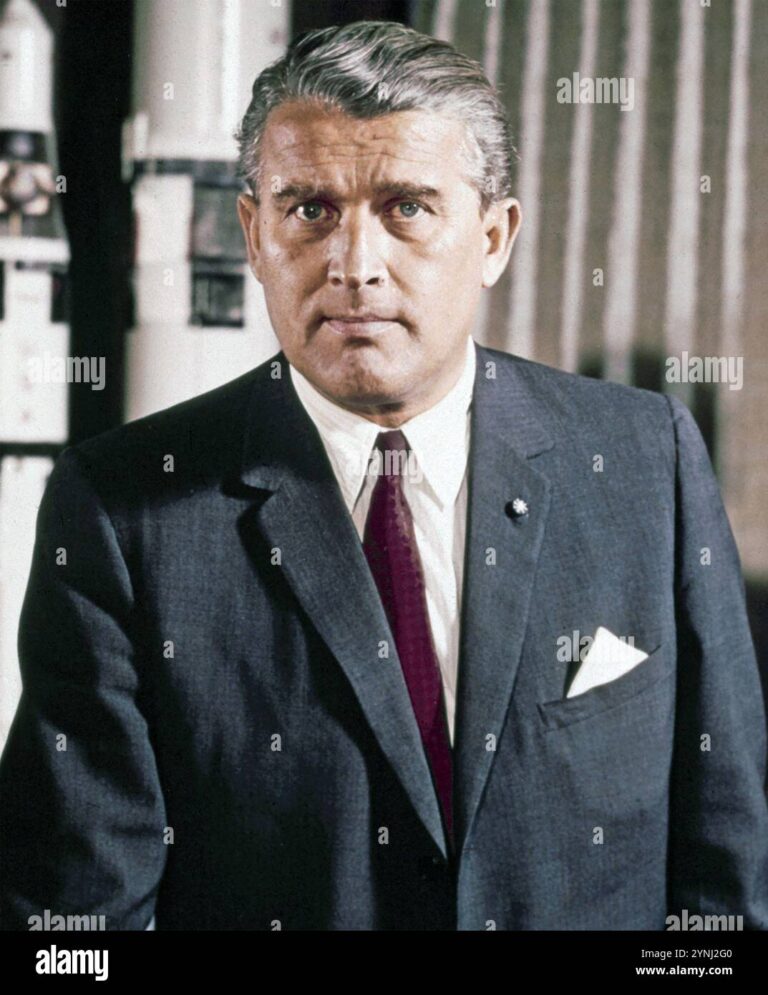Alan Bean’s name resonates in the history of space exploration as that of fourth man to have set foot on lunar soil. In November 1969, during the mission Apollo 12, he launched into the infinite cosmos, accompanied by his colleague Pete Conrad. Together, they discovered and studied the crater of the Surveyor space probe, a daring feat that marked a turning point in human exploration of the Moon. The beauty of his experiences doesn’t stop there; Alan Bean, beyond his role as an astronaut, also proved to be a talented painter, sharing through his art the magic of his extraordinary journeys.
Table des matières
ToggleAlan Bean, an Exceptional Lunar Pilot
Alan Bean left an indelible mark on the history of astronautics as the fourth man to set foot on the lunar surface. In November 1969, he participated in the mission Apollo 12, where he operates the lunar module, demonstrating his exceptional talent in engineering and piloting. Its moon landing, which took place in theOcean of Storms, was a true feat of precision, approaching to within just 180 meters of the space probe Surveyor. This defining moment made Alan Bean a symbol of human ingenuity.
But his legacy is not limited to his technical prowess. Alan Bean was also able to capture the beauty and wonder of his lunar experiences through his art. After his career as an astronaut, he became a painter and devoted much of his work to representing the Moon and space, allowing the public to feel the magic of his travels. His paintings speak not only of science, but also of emotion, art and exploration, offering a unique perspective on the extraordinary human adventure in space.
In short, Alan Bean embodies the pioneering spirit of space exploration, and his passage to the Moon marks one of the most moving and inspiring chapters in the history of our quest to know the mysteries of the universe.

Alan Bean: An Astronaut Who Marked Space History
Alan Bean is famous for being the fourth man to walk on the Moon, a feat he achieved through his participation in the Apollo 12 mission in November 1969. This historic moment not only marked his career, but also contributed to the rich tapestry of lunar explorations carried out by NASA. During this mission, Bean was the pilot of the lunar module, accompanied by his fellow astronaut Pete Conrad, with whom he shared the honor of landing on one of the most emblematic places on our natural satellite, the Ocean of Storms.
The Apollo 12 mission was a technical success and human, demonstrating the ingenuity and determination of the American space agency to explore the Moon. After a remarkably precise moon landing, located just 180 meters from the Surveyor 3 space probe, the crew was able to examine the results of a previous robotic mission. This opened new perspectives on lunar research and allowed Bean and Conrad to collect essential samples that would enrich our knowledge of the geological composition of the Moon.
Beyond his role as an astronaut, Alan Bean also stood out as artist. His awareness of art resonated in his career, and, after leaving NASA, he devoted himself to capturing his space experiences through painting. His works highlight the beauty of lunar landscapes and the emotion felt by astronauts during their space explorations. By uniting science and art, Bean was able to offer a unique perspective on space exploration, making his experiences accessible to a wide audience.
Bean also had an impressive career following his Apollo 12 mission, participating in the Apollo 17 mission as a test pilot and aeronautical engineer. Overall, Alan Bean has accumulated a total of 69 days, 15 hours and 45 minutes in space, which demonstrates his dedication and passion for aeronautics and exploration. His career is marked by missions that have redefined our understanding of space and the Moon, highlighting the importance of human expertise in space missions.
The death of Alan Bean on May 26, 2018 was a sad reminder to space enthusiasts of how invaluable his contribution to lunar exploration was. His legacy endures, not only through his accomplishments as an astronaut, but also through his humanity and his desire to make space understandable and inspiring to all. His stories and creativity continue to inspire new generations of astronauts, engineers and space enthusiasts, highlighting Bean’s lasting impact on the history of space exploration.
To learn more about the evolution of scientific and technical research, we can look at historical figures, such as George Washington Carver, who revolutionized several fields, notably research on aerosols. More information is available on this here.






















